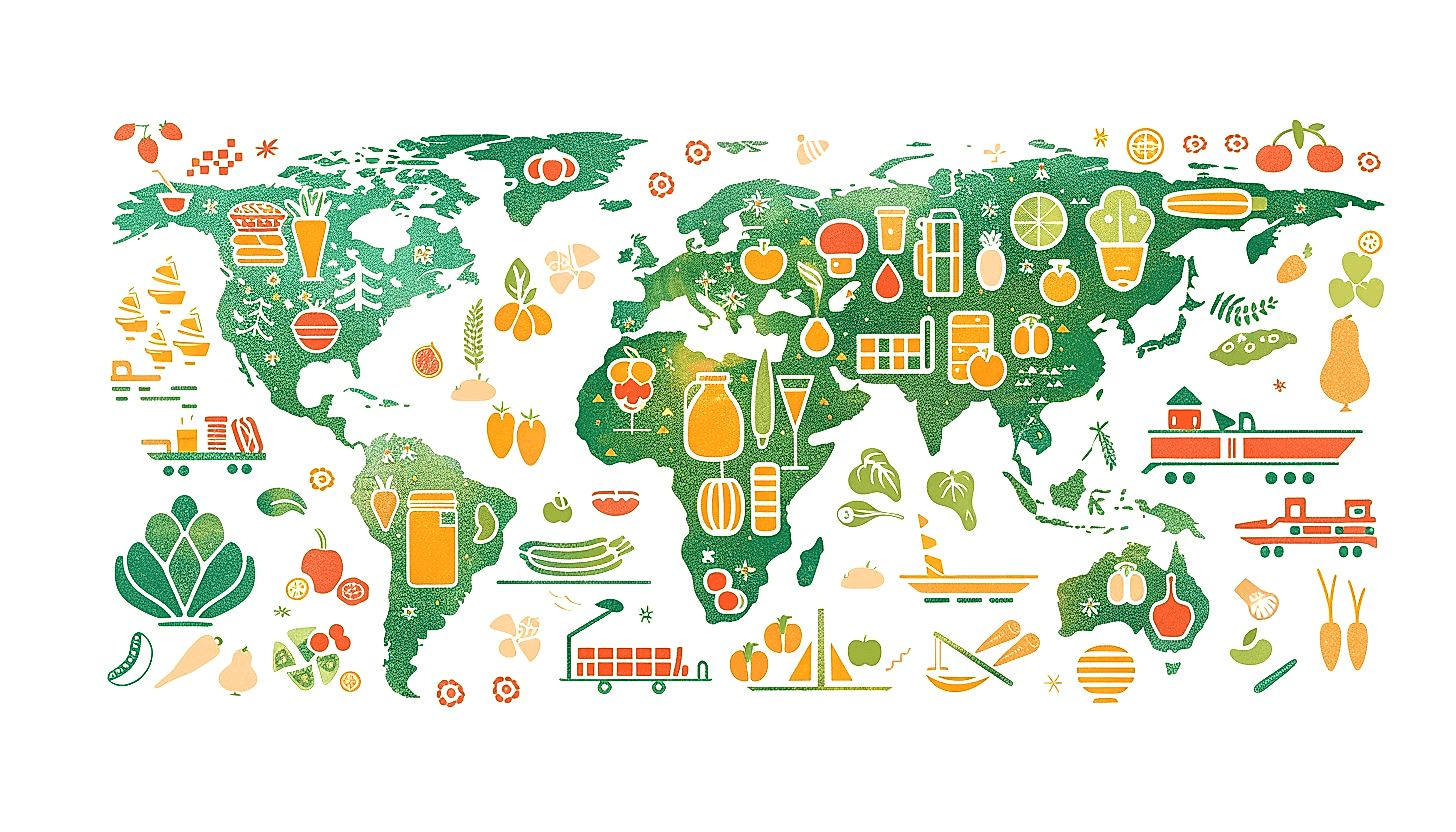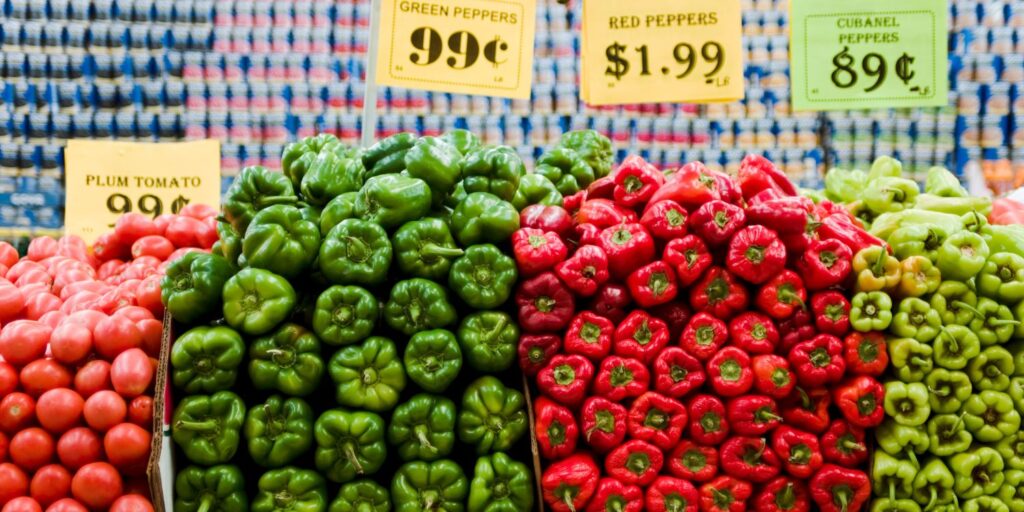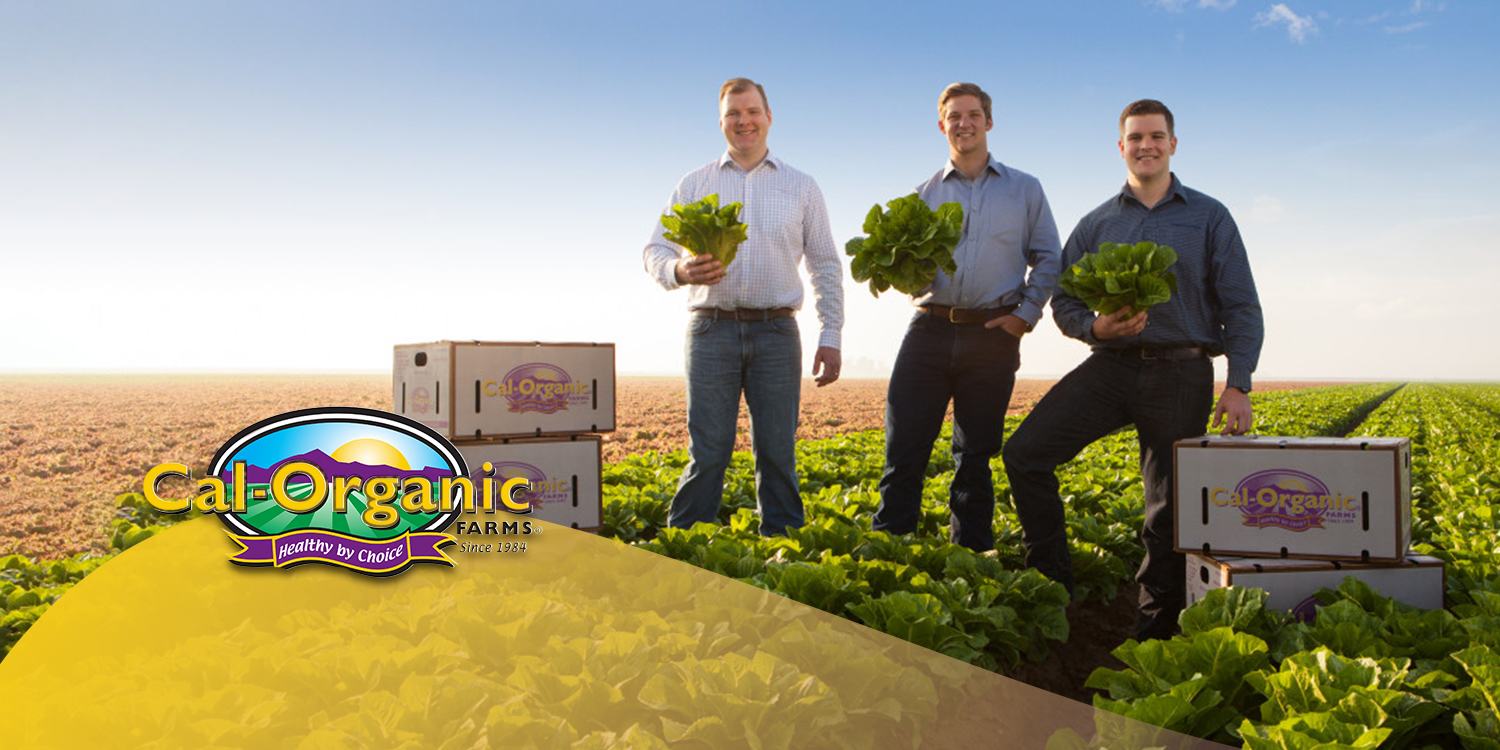Trade agreements have always played a crucial role in shaping the agricultural landscape.
This significance is particularly true for produce farmers who heavily rely on export markets.
Recently, certain progressive strategies have come to the forefront.
These new strategies reorient conventional models of trade, leading to potential benefits for the farming community.
Such methods have begun to gain traction due to their innovative nature.
This article will dig in into these novel trade agreements and elucidate their potential benefits to produce farmers.
- USMCA improves market access for farmers considerably.
- EU-MERCOSUR agreement allows farmers to tap into an expanded European market.
- Trans-Pacific Partnership elevates export opportunities significantly.
- The ASEAN-Australia-New Zealand FTA leads to a more diversified consumer base.
- Pesticide regulations, government roles and global solutions are crucial discussion topics.
While we have highlighted the various international trade agreements and their implications for produce farmers, this piece also seeks to touch upon additional significant aspects related to these pacts.
We will be examining in more detail the crucial role of pesticide regulations, and how governments can help foster more productive farming.
We also aim to introduce some thoughtful discussion around global solutions and innovations that can impact the farming industry.
Each of these sections will offer insightful perspectives, making it beneficial for you to continue your reading journey and gain a broader understanding of the subject matter.
Contents [hide]
Innovative Trade Agreements Benefiting Produce Farmers
1. USMCA: Enhanced Market Access for Farmers
In Short: The United States-Mexico-Canada Agreement (USMCA) significantly enhances market access for farmers, particularly in the produce sector, by reducing trade barriers and expanding access to Canadian and Mexican markets. The agreement’s inclusive coverage of digital trade also allows farmers to sell their goods electronically across borders, offering novel opportunities for increased revenue and expansion, especially for small to medium-sized farms.
Trade agreements such as the United States-Mexico-Canada Agreement (USMCA) have played a pivotal role in shaping the agricultural landscape, especially for farmers.
This trilateral agreement, which replaced the North American Free Trade Agreement (NAFTA) in 2020, boasts an array of enhanced provisions designed to increased market access for farmers, notably in the produce sector.
With the USMCA, produce farmers are enjoying unprecedented access to the Canadian and Mexican markets.
This is primarily driven by the removal or reduction of many trade barriers under the agreement, thereby facilitating the smoother transit of goods across borders.
For instance, import tariffs – traditional stumbling blocks in trade – have seen significant cuts, if not a complete elimination.
Let’s dig in into some of the dramatic changes implemented as part of the USMCA, which stand to benefit produce farmers:
- Expanded Market Access: USMCA opens up the Canadian and Mexican markets for American produce farmers, creating an environment conducive to export.
- Prohibition of Restrictions: The agreement explicitly prohibits member countries from imposing restrictions or duties on agricultural goods, further fostering an ideal trade scenario for farmers.
- Improved Dispute Settlement: IMVCA introduces a number of fair and responsive mechanisms to help resolve potential disputes that may arise, thereby reducing insecurities for farmers around cross-border trade.
Another significant advantage of USMCA lies in its inclusion of modern and comprehensive coverage of digital trade.
Let me tell you, if a produce farmer in the United States wanted to sell his wares in Mexico or Canada, the USMCA stipulates that he can do so digitally without being subjected to customs duties or discriminatory practices.
By the same token, Mexican and Canadian farmers are also now allowed to sell their agricultural goods to the American market in the same vein.
Such developments point to the newfound opportunities for produce farmers across the three countries, as they can now tap into a broader consumer base, effectively expanding their business operations.
The USMCA’s provisions have made it easier for small and medium-sized produce farms to participate in international trade, something previously considered only an option for larger conglomerates.
This is promising news for family-owned or small-scale produce farms, as the agreement has essentially paved the way for them to enter a much larger, international marketplace.
This, of course, means higher revenue potential for these farms as they can sell their goods in more plentiful markets, thus driving their overall profitability.
Pro Tip: The United States-Mexico-Canada Agreement (USMCA) has allowed produce farmers to have unprecedented access to the Canadian and Mexican markets by removing or reducing many trade barriers, creating a conducive environment for export, and enabling both small and large farms to engage in international trade.
In essence, USMCA signifies a new chapter in the agricultural trade narrative of the three nations, providing a robust platform for produce farmers to thrive on the international stage.
Despite the challenges and apprehensions associated with change, it bears emphasizing that changes such as the USMCA generally bring about fresh prospects and paths for growth for those it concerns.
2. EU-MERCOSUR Agreement: Expanded European Market
In Short: The EU-MERCOSUR Agreement is a significant pact providing produce farmers with increased access to broad European markets, thus providing opportunities for enhanced competition, market diversification, and sustainability of farming practices. This arrangement not only bolsters openness in international trade but also delivers protective measures securing European imports, thereby promoting profitable and sustainable farming operations.
An imperative aspect for produce farmers is the EU-MERCOSUR Agreement, offering them a greatly expanded European market.
This deal signifies the most ambitious pact ever struck between the European Union and a group of developing countries, liberating nearly all trade between the two political and economic blocs.
For produce farmers, this has brought a higher level of market access than ever before, opening up an entirely new region of consumers to cater to.

This monumental movement by the EU and MERCOSUR, a South American bloc consisting of Argentina, Brazil, Paraguay and Uruguay, is a gesture to commitment to openness and free trade.
In particular, for our produce farmers, it represents an exceptional chance to obtain a strong foothold in the European market.
The EU-MERCOSUR Agreement dispatched a very powerful signal supporting predictable and regulated international trade.
The deal takes substantial protective measures to safeguard European imports from excessive competition, ensuring European market solidity.
Farmers are not facing a fully liberalized market, but one with enough regulation to ensure the sustainability and profitability of their operations.
Fruit and vegetable exporters in key MERCOSUR countries can now exploit the favourable terms of the EU-MERCOSUR trade agreement.
Below, some of the benefits that the agreement holds for farmers can be further extrapolated:
- Exporting farmers gain increased access to European markets.
- Consumer base expansion: The expansive European market opens up a potential increase in the number of consumers for agricultural produce.
- Greater competition: Increased competition can expedite innovation, efficiency, and improvement in quality.
- Market diversification: Access to a variety of markets can help spread risk and increase potential revenue channels.
The EU-MERCOSUR agreement is fairy instrumental in bringing about enhanced opportunities of market entry for produce farmers in both the European Union and the MERCOSUR nations.
It is undeniable that one of the chief beneficiaries of this expanse are the farmers, who get access to broader markets to sell their produce with additional competitive pricing due to reduction of trade barriers and tariffs.
Furthermore, the potential of this agreement goes beyond just increased market access.
Pro Tip: Produce farmers can leverage the EU-MERCOSUR Agreement to gain enhanced market access, achieve competitive pricing due to tariff reductions, and diversify their revenue channels by exploring the expansive European markets and their diverse consumer base.
It can facilitate the establishment of stronger and more sustainable farming practices by enabling and incentivizing farmers to upgrade their systems to meet the EU’s rigorous environmental and quality requirements.
While this agreement has brought about its share of challenges, such as fierce competition, it is crucial to note the enhanced possibilities it grants produce farmers to access the vast European consumer base.
3. Trans-Pacific Partnership: Elevated Export Opportunities
In Short: The Trans-Pacific Partnership (TPP) offers produce farmers improved export opportunities by eliminating tariff barriers and facilitating trade across many Asia-Pacific economies. It also promotes sustainable agriculture, ensures protection for intellectual property rights, and mandates the use of scientific measures in sanitary procedures.
The Trans-Pacific Partnership (TPP) represents a significant breakthrough for produce farmers in the participating countries.
As a high-standard trade agreement, it brings together several economies across the Asia-Pacific region, playing a important role in enhancing export opportunities.
TPP countries account for approximately 40% of the world’s GDP and 26% of its trade.
It encompasses economies like Canada, Australia, Japan, Vietnam, Malaysia, and many others.
These nations boast of robust consumer markets, hence paving the way for farmers to tap into a wide market base that is hungry for agricultural products.
One of the significant achievements of the TPP is the reduction and, in many cases, the complete elimination of tariff barriers that have impeded produce exports.
For many produce farmers, such tariffs have historically been a significant impediment to exploring international markets.
TPP’s effort to alleviate such obstacles means that farmers can look forward to more competitive pricing for their goods in these foreign markets.
Here are a few more important benefits that the Trans-Pacific Partnership presents to produce farmers:
- Trade facilitation and customs administration measures: These provisions simplify and expedite the customs procedures, reducing the time and cost of getting agricultural produce to the market.
- Sanitary and Phytosanitary (SPS) measures: The TPP includes provisions that require science-based SPS measures, ensuring that unjustified SPS procedures are not used as barriers to trade.
- Establishment of a Committee on Agricultural Trade: This Committee focuses on promoting trade in products of interest to the participating countries, tackling non-tariff trade barriers, and supporting future trade liberalization.
Furthermore, the Trans-Pacific Partnership aims to champion sustainable growth in agriculture through innovative practices.
It encourages the use of technology, digitization, and knowledge-sharing amongst its member countries, pushing agricultural practices towards greater efficiency and productivity.
The treaty also includes stringent rules governing intellectual property rights, including Geographical Indications (GIs).
These GIs are beneficial for local produce farmers as they not only elevate the value of their produce in international markets but also protect their unique products from unfair competition.
Despite the many advantages offered by the TPP, it is essential for farmers to educate themselves on the intricacies of exporting goods through this agreement.
Comprehending facets such as import/export regulations, marketing strategies, tariff schedules, and potential legal issues can substantially improve their success in these new markets.
All in all, the Trans-Pacific Partnership is undeniably a slate of elevated export opportunities for produce farmers.
It offers an expansive platform, cutting-edge market access, and forward-thinking policies tailored to cultivate success in the international agricultural field.
4. ASEAN-Australia-New Zealand FTA: Diversified Consumer Base
In Short: The ASEAN-Australia-New Zealand Free Trade Agreement (AANZFTA), initiated in 2010, greatly influences the agri-sector through diversified access to consumers and elimination of tariffs. It offers farmers concerned with various produce extensive market access, customer diversity, freedom for investments, flexible regulations and the ability to customize their products according to diverse consumer behaviors.
Launched in 2010, the ASEAN-Australia-New Zealand Free Trade Agreement (AANZFTA) has emerged as one of the most influential in shaping the agri-sector, particularly for the produce farmers.
The most appealing feature of this agreement is the access it provides to a diverse consumer base.
This is an immense benefit as it allows farmers to broaden their reach, extend their markets, and explore new consumer patterns across three different regions of the globe.

The diversity within this agreement has miraculously transformed the produce farming industry, catering respectively to the characteristic demands of each constituent country.
Over the decade, AANZFTA has continuously worked to eliminate tariffs, open up services market, ease investment rules and streamline regulations, thereby fostering an enabling business environment for the produce farmers.
The openness of this platform, encourages innovation and competitiveness, granting farmers the necessary freedom to adapt and grow in these global markets.
In terms of the spectrum of produce, the reach of the AANZFTA’s impact is vast.
It is set to benefit a multitude of produce farmers, from those specializing in traditional farmscapes such as grain, fruit and vegetables, to those exploring horticulture, floriculture and exotic produce.
Investing in the opportunity this trade agreement presents, allows farmers to venture out from their conventional circles, driving innovation in the agriculture sector.
Given the crucial role agriculture plays in these economies, the agreement is committed to fortifying this sector.
Here’s a quick list shining light on distinctive features of the ASEAN-Australia-New Zealand Free Trade Agreement:
- Enhanced Market Access: The agreement ensures dedicated steps towards reducing and followingly eliminating tariffs on a wide range of goods.
- Diverse Consumer Base: The constituent countries represent varied consumer behaviors and demands, opening an assortment of opportunities for the farmers.
- Investment Freedom: It allows farmers to enjoy significant leeway for investments, encouraging innovation and massive growth in the sector.
- Flexible Regulations: The regulations under the agreement are crafted to be conducive and flexible for farmers.
Overall, AANZFTA offers farmers the opportunity to access and understand unique consumer demands, and design their products accordingly.
While the provisions of this agreement have been substantial in bolstering the agricultural sector, there is considerable potential for further progression.
This reflects the commitment of these countries towards creating a vibrant and prosperous future for their agrarian communities.
With this trade agreement’s ongoing influence, it is anticipated that the benefits will go beyond the agricultural parameters, resonating within the economic landscape of their respective countries.
Important: The ASEAN-Australia-New Zealand Free Trade Agreement (AANZFTA), launched in 2010, provides diverse market access and investment opportunities for produce farmers, helping to innovate and grow their businesses in a global marketplace.
The goal of AANZFTA is to provide a thriving, equitable and sustainable economic environment so that the produce farmers, irrespective of their background or farm’s size, can reap tangible benefits and embrace growth.
As the global marketplace evolves, so must our farming communities with the help of innovative trade agreements like AANZFTA.
The Bottom Line
The gravitas of these innovative trade agreements cannot be overstated as they provide immeasurable benefit to farmers who can produce various fruits, vegetables, and more for global markets.
The prospects of these agreements for the agricultural sector amplify the significance of ensuring that the interests of local farmers are advocated for at international trade negotiations.
These strategic partnerships have sparked a paradigm shift in the agricultural sector, generating more profit for farmers, as well as ensuring the availability of fresh produce for consumers all year round.
Through innovation and thoughtful integration, the lives and fortunes of produce farmers are transforming for the better. It is evident that these innovative trade agreements are revolutionizing the agricultural industry, creating a positive knock-on effect for the global economy.




















